On April 11, 2024, in Dien Bien province, the Ministry of National Defense organized a national scientific conference with the theme "Dien Bien Phu Victory and the cause of building and defending the Socialist Republic of Vietnam". Many speakers and veterans who directly participated in the Dien Bien Phu campaign in 1954 asked the question: Why did the French army "drag" our army to a remote and dangerous land to fight? Why did the Viet Minh only have bicycles to defeat the French army's aircraft, artillery, tanks...
Part 1: French soldiers jump to their deaths
French commander-in-chief Henri Navarre (Nava) believed that the rugged terrain of the Northwest, far from the plains, meant that the Viet Minh could not maintain a large number of men and weapons to stay and fight for more than 7 days at Dien Bien Phu. France built a military base in Dien Bien Phu, with many elite main force units to always be mobile in combat.
Nava's plan is supported by the US government .
On May 19, 1953, Commander-in-Chief Nava arrived in Vietnam. Western press praised Nava as a "famous general" who could "rectify the situation in Indochina" as the commander-in-chief of the French expeditionary force in Indochina. The famous French general accepted the battle with the Viet Minh in the Northwest region. Did Nava go against his intention of maintaining a strategic defensive position in the Northern Delta during the dry season of 1953-1954?
 |
| French commander-in-chief Henri Navarre (Nava). Photo: Document |
Since taking office as commander-in-chief in Indochina, Nava has tried to avoid the mistakes of many of his predecessors who passively followed the activities of the Viet Minh. Nava has carried out his number one goal of bringing high combat and mobility to the French expeditionary force, outlining a plan to send the main force to the Northwest to "pull" the Viet Minh troops there to fight.
Drawing from the lesson of the Na San stronghold (Son La) in early 1953, the French army neutralized two Viet Minh divisions. The landing of troops to capture Dien Bien Phu could potentially prevent an attack in the Northwest, and could attract some Viet Minh divisions to this area, to ease the pressure on the French army in the Northern Delta and Central regions.
The Nava Plan was approved by the US Government and agreed to provide financial and military aid to France to build the Dien Bien Phu stronghold, becoming an "inviolable" war machine.
Nava commented on the terrain of the Northwest region: "The Viet Minh could not maintain in the upper region more than 2 divisions and 20,000 laborers, the instability of transportation did not allow them to bring there artillery over 75mm along with artillery shells, and fight for more than 7 days".
 |
| Tourists visit the historical site and residence of General Vo Nguyen Giap during the Dien Bien Phu campaign in Dien Bien province. Photo: Le Giang |
Airborne landing
In mid-November 1953, the French army launched an operation to capture Dien Bien Phu, codenamed “Castor”, using planes to parachute 6 battalions into Dien Bien Phu. On November 4, 1953, US Vice President Nixon (later President) visited the front line in Northern Vietnam.
On December 15, the enemy continued to send 11 battalions to Dien Bien Phu. On December 24, General Nava was present at Dien Bien Phu and discussed with the garrison commanders: "The terrain and climatic characteristics of the Dien Bien Phu basin make it an easy-to-defend position, one of the best airports in Southeast Asia, an excellent air bridgehead. We can accept the battle here under extremely favorable conditions."
 |
| French troops parachuted into Dien Bien Phu. Photo: Document. |
General Vo Nguyen Giap, the Commander-in-Chief, mobilized a number of units to Dien Bien Phu in Lai Chau province (in 1954) to fight the French troops who had just landed in Dien Bien Phu. The General commented: “If the enemy is threatened more strongly, they can increase their reinforcements and turn it into a stronghold. In this case, they can use Dien Bien Phu as a place to establish a battle position, but they can also withdraw. No matter how the enemy's situation changes in the future, the enemy parachuting into Dien Bien Phu is fundamentally beneficial to us...”
The French army knew that our main army divisions were moving to the Northwest, so they quickly ordered the 31st engineer battalion to use iron bars to cover the entire 6,000 square meters to set up a runway for heavy transport aircraft to land at Dien Bien Phu. The French used planes to massively transport large artillery, machine guns, tanks... to Dien Bien Phu. General De Castries, commander of the Dien Bien Phu stronghold, also ordered all units to consolidate fortifications to withstand the enemy's 105mm artillery. The bunker covers were made of two thick layers of wood, covered with one meter of tightly packed soil, and on top were sacks of soil to protect against artillery fragments. The commander of the French engineer battalion calculated that building defensive works for 12 battalions in Dien Bien Phu would cost 36,000 tons of materials and many excavators, bulldozers, explosives... brought from the plains.
At the same time, the French built the Dien Bien Phu stronghold on a large scale, with many resistance centers in Muong Thanh, Him Lam, Hong Cum... The most elite units of the French expeditionary army were present, ready to carry out major battles as General Nava wished, always proactive, always attacking, crushing all resistance of the Viet Minh.
As an officer who had been in the Vietnam battlefield for a long time, Colonel Bastiani, Chief of Staff of the (French) forces in North Vietnam, strongly opposed Nava's plan to occupy Dien Bien Phu: "In this country (Vietnam), it is impossible to block a direction. That is a European concept that has no value here. The Vietnamese go everywhere, we see that clearly in the plains". The difficulties in ensuring supplies for the Dien Bien Phu stronghold in the long term also encountered many obstacles, because of the erratic weather in the Northwest region, in winter, aircraft often could not operate in this area".
A foreign journalist asked Uncle Ho about the French troops who had just parachuted into Dien Bien Phu and were building fortifications. Uncle Ho took off his hat and explained: “Dien Bien Phu is like this hat, with high mountains and dense forests on both sides, and in the middle is the Muong Thanh field where the French troops are stationed and will be surrounded by our troops here.”
"EVERYTHING IS CHANGING"
In October 1953, the Politburo met to discuss the 1953-1954 Winter-Spring campaign plan. President Ho Chi Minh concluded: “The General Military Commission must have a long-term plan in all aspects to deal with the enemy on the national battlefield, then there must be a plan to step up guerrilla activities in the Northern Delta. Regarding the direction of operations, the Northwest is the main direction, and other directions are coordinated. The current main direction has not changed, but it can change in operations. The method of using troops must be "ever-changing".”
LIJIANG
Source




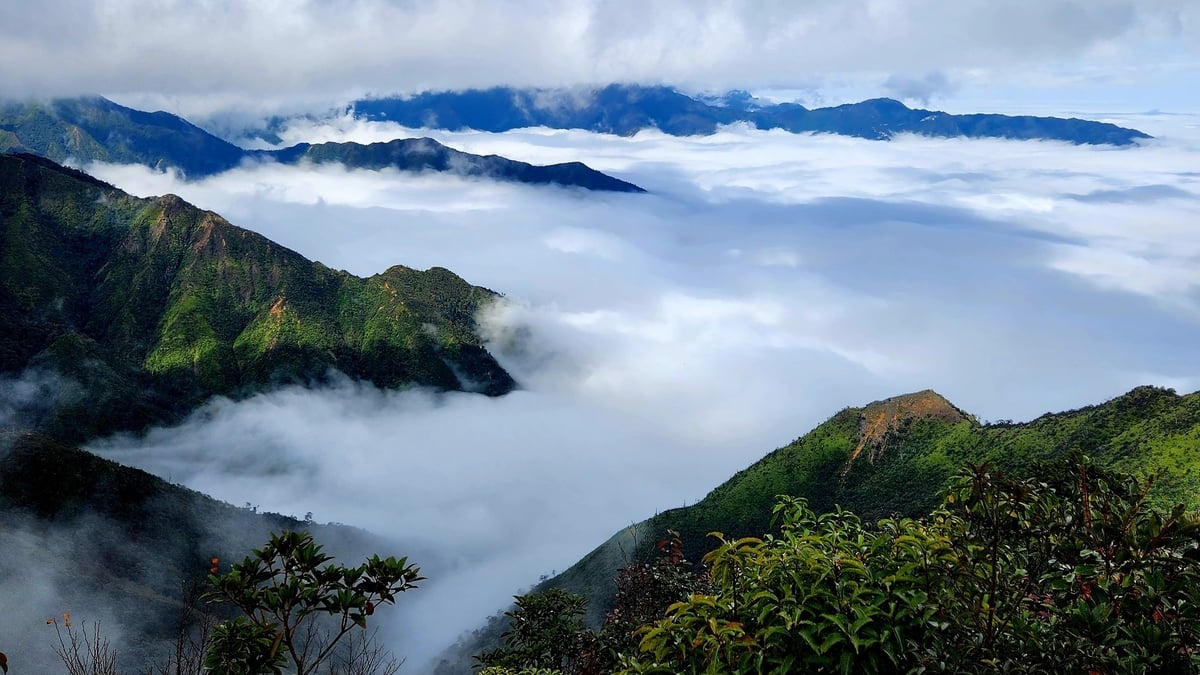


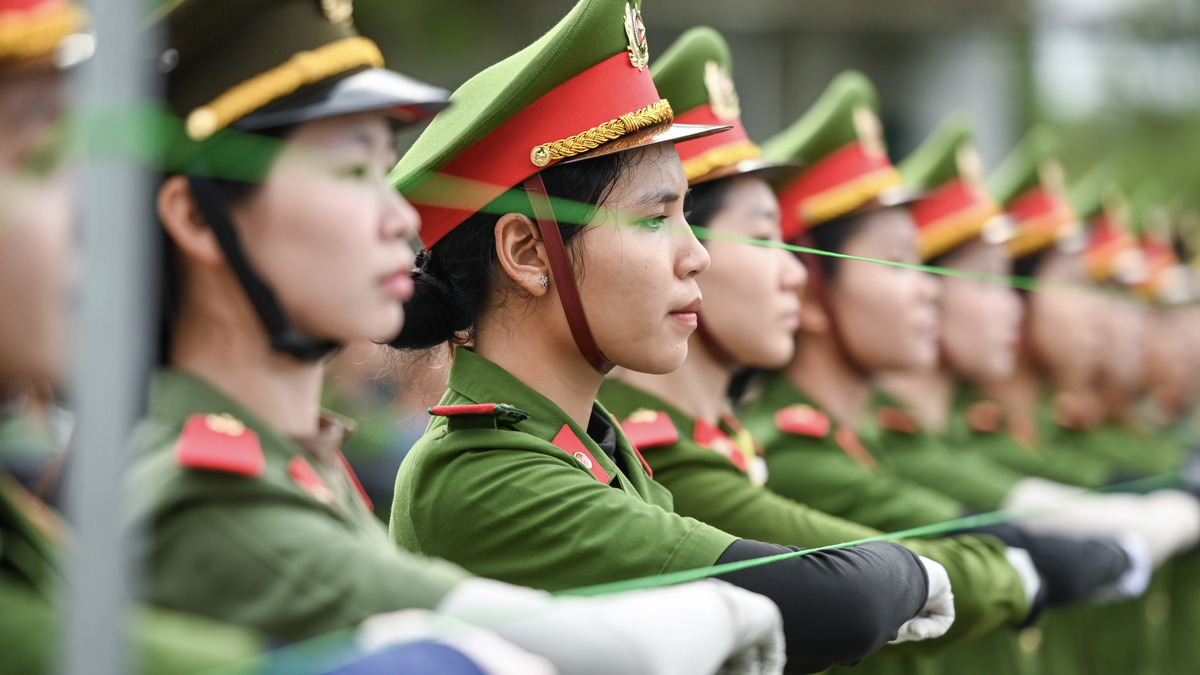
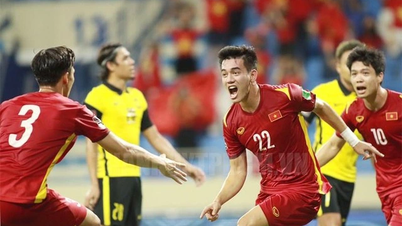


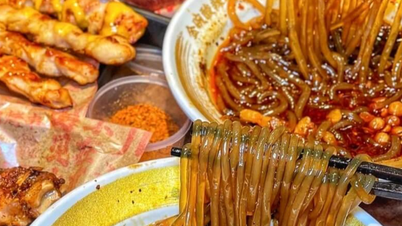
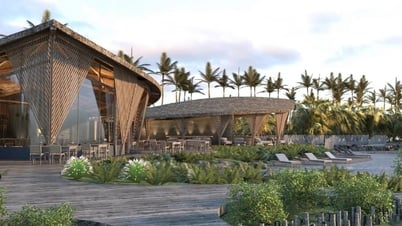

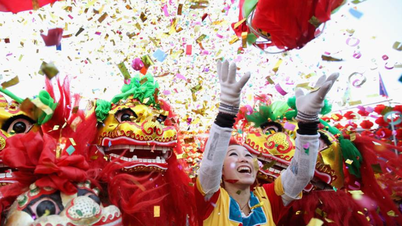
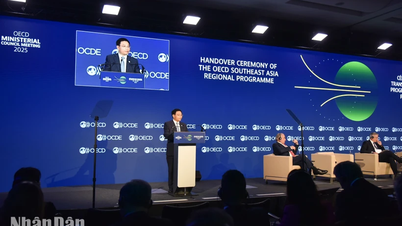





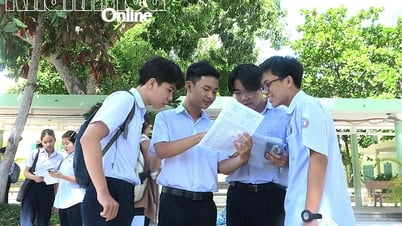

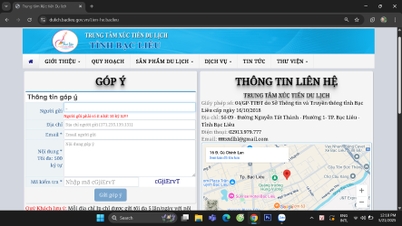






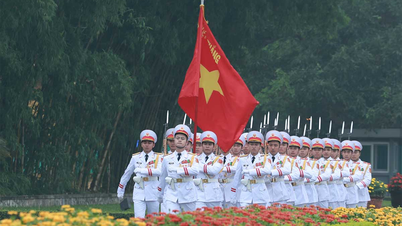

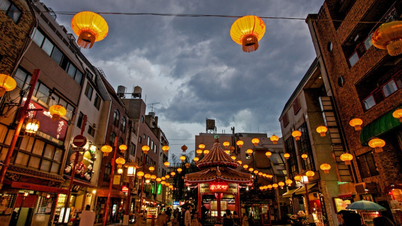


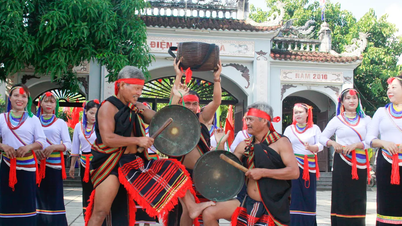

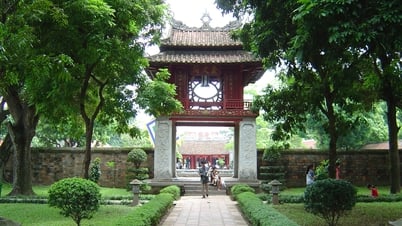

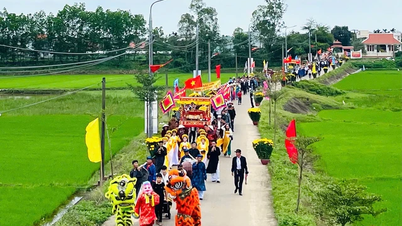

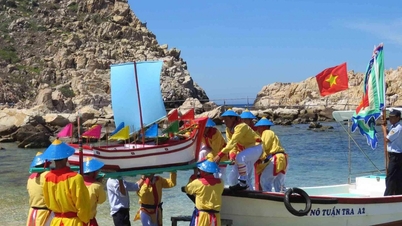



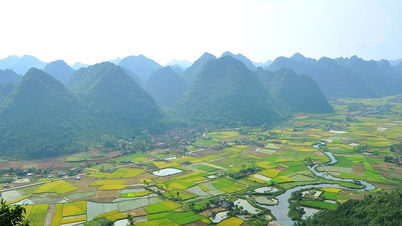






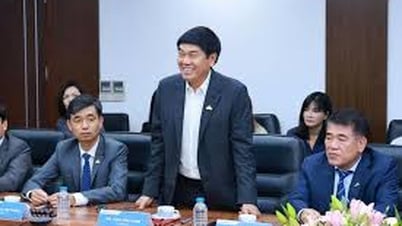




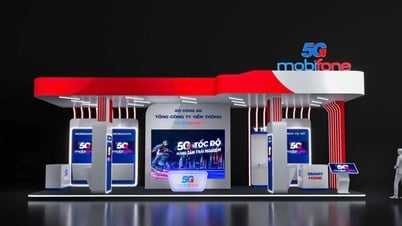


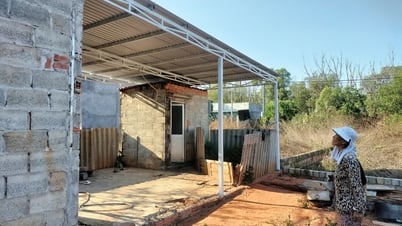
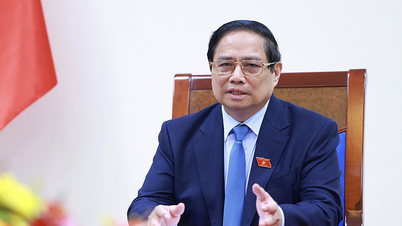

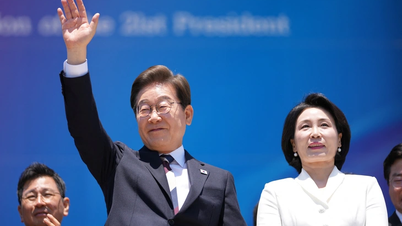




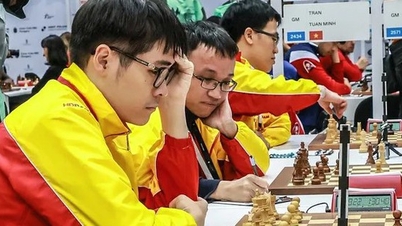


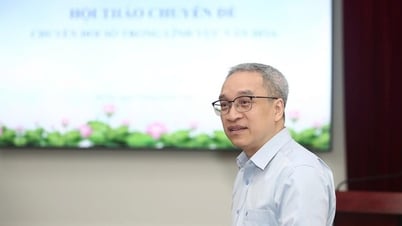

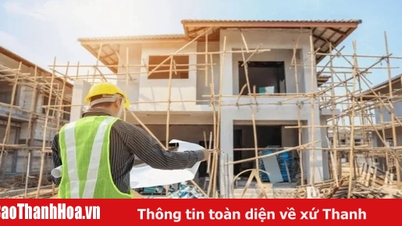

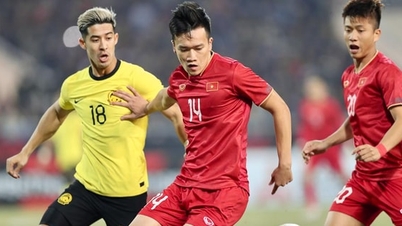

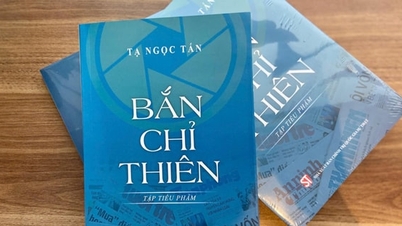


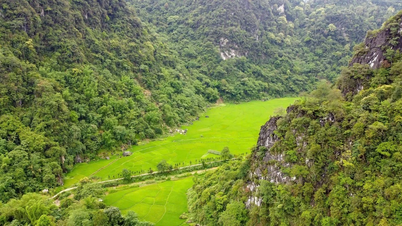



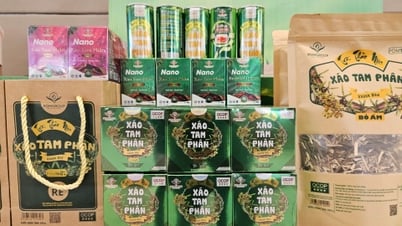
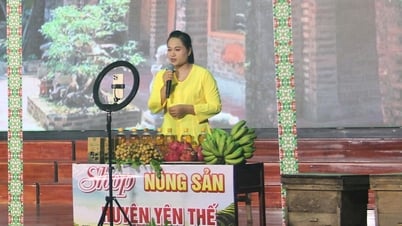

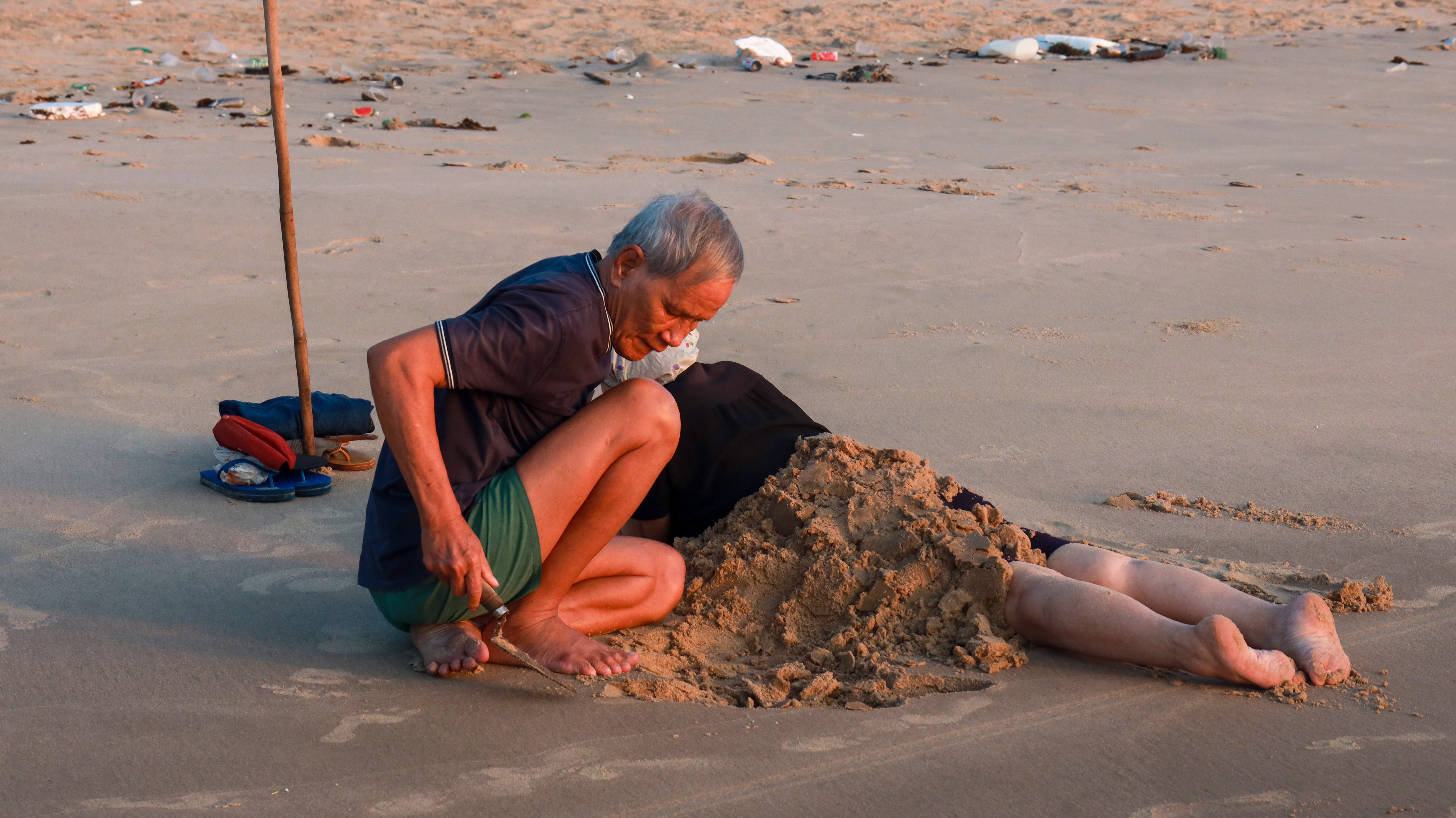
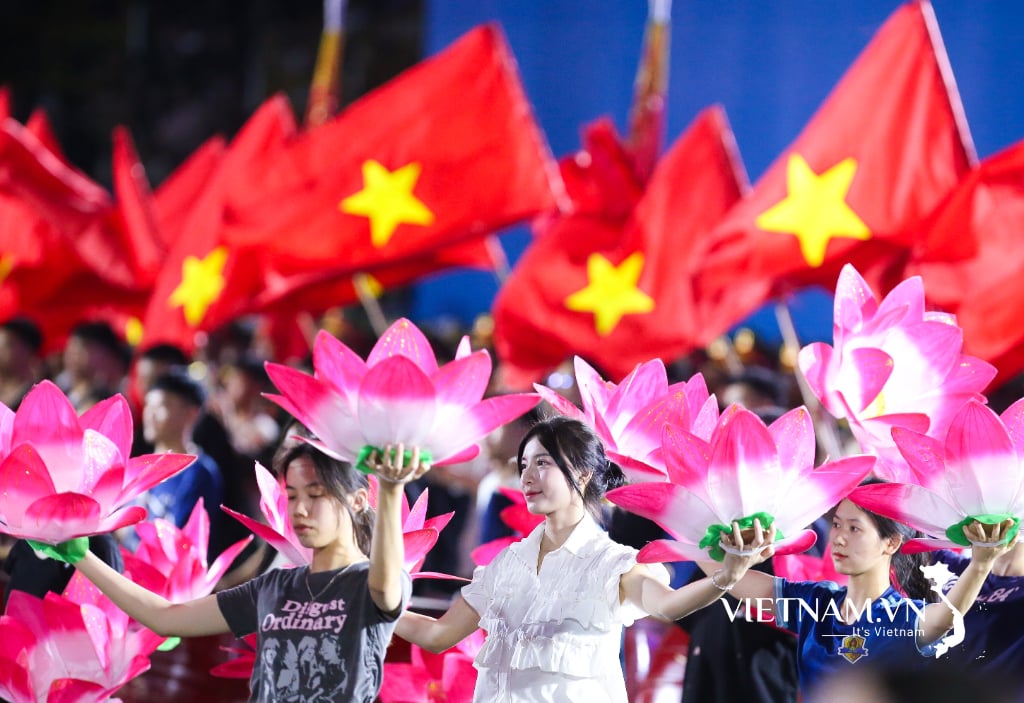
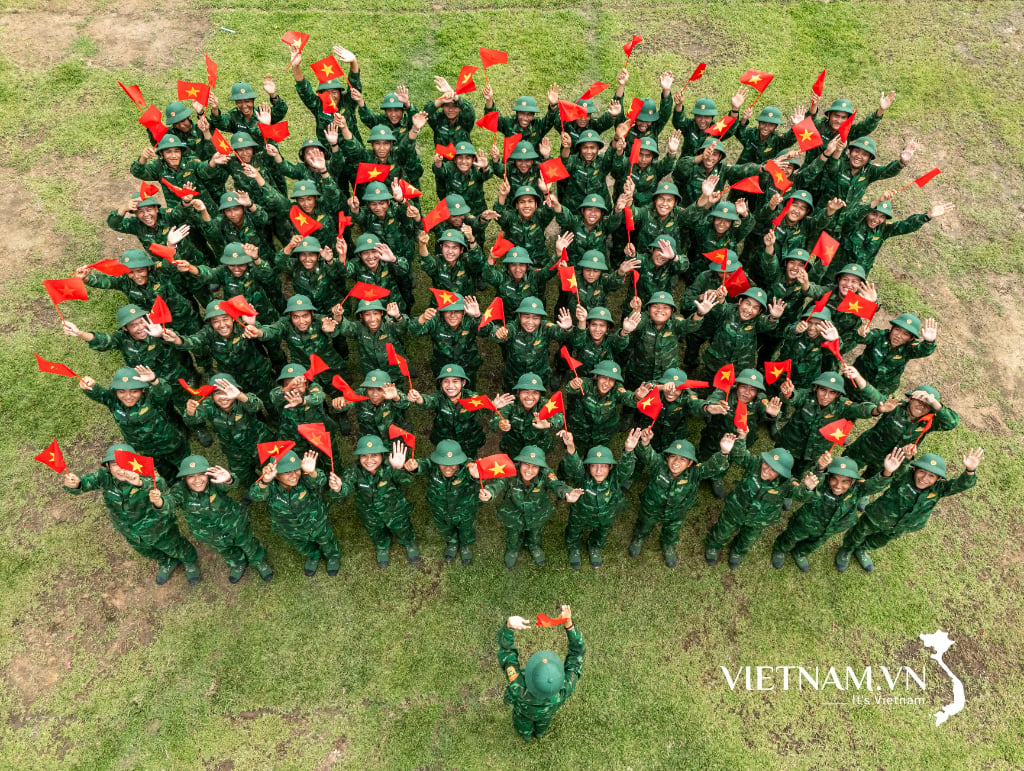
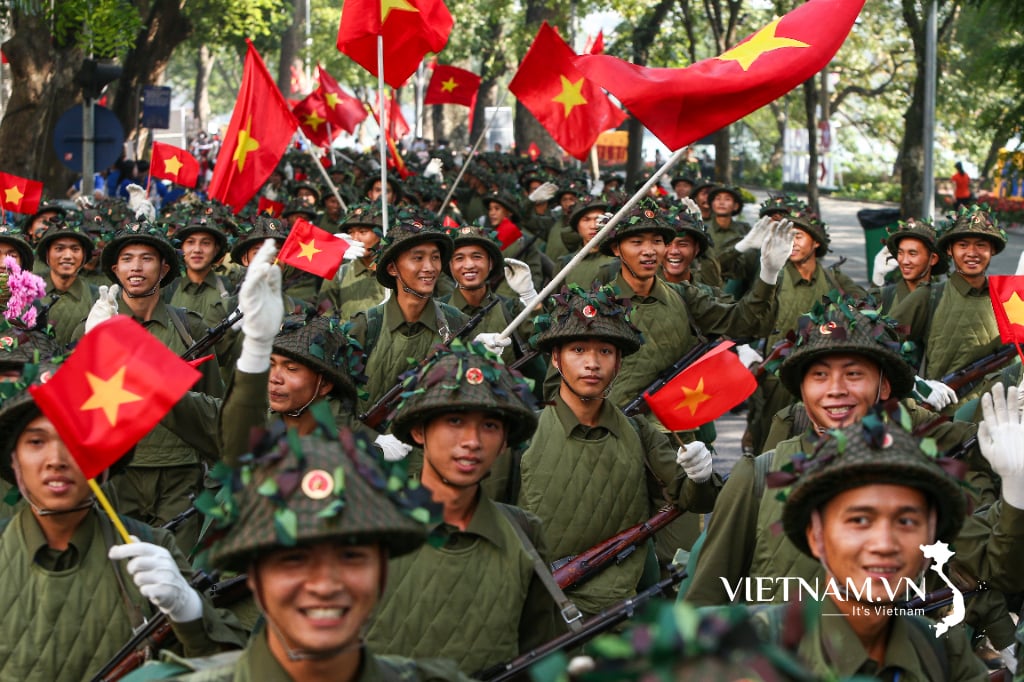
Comment (0)